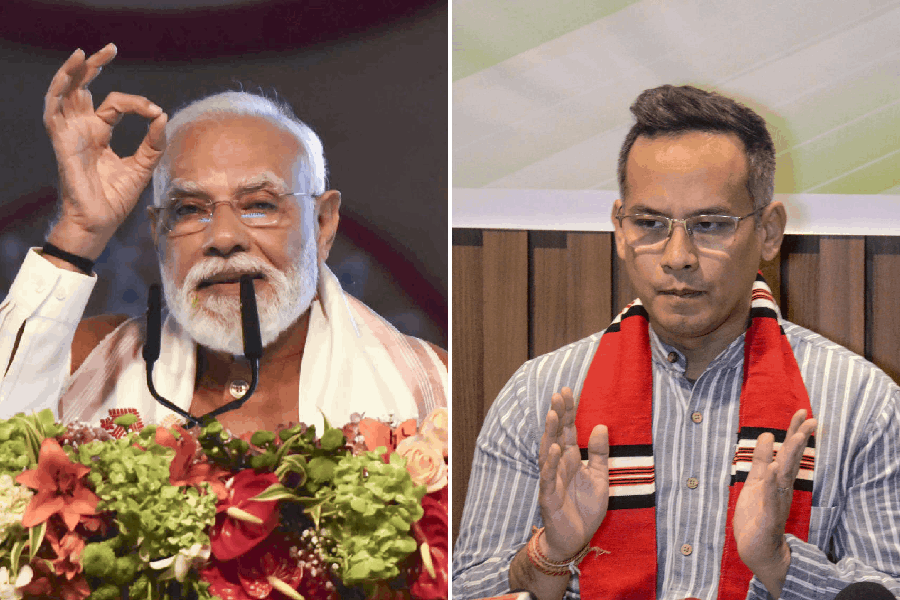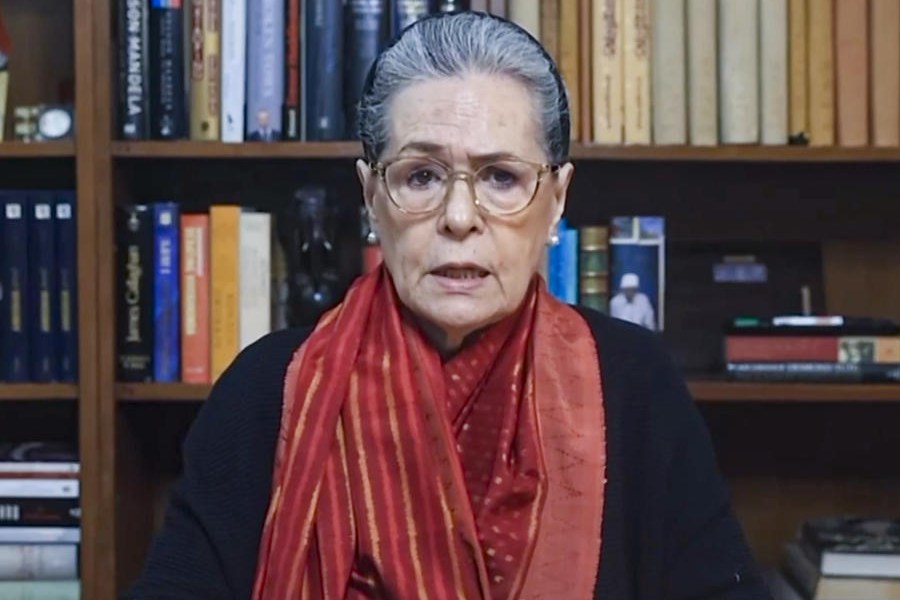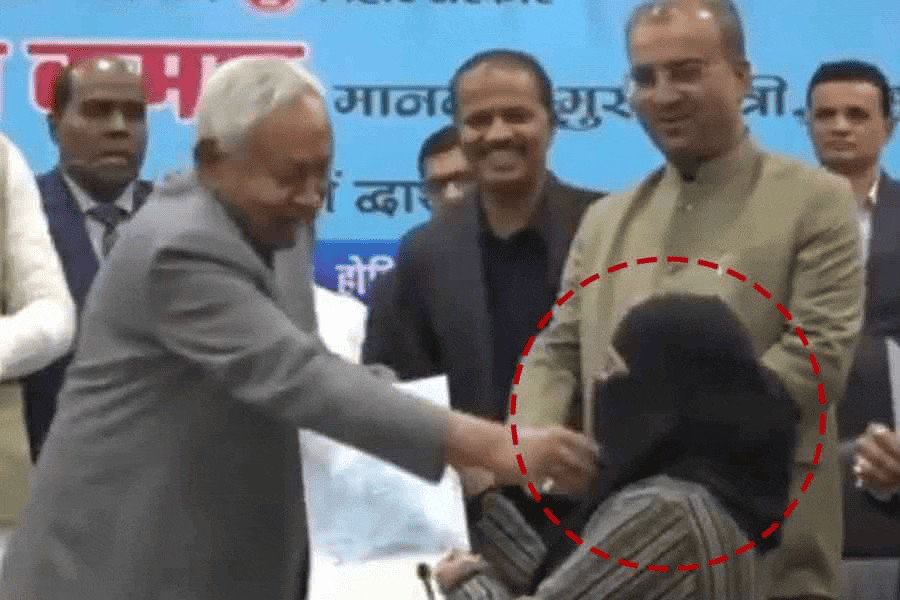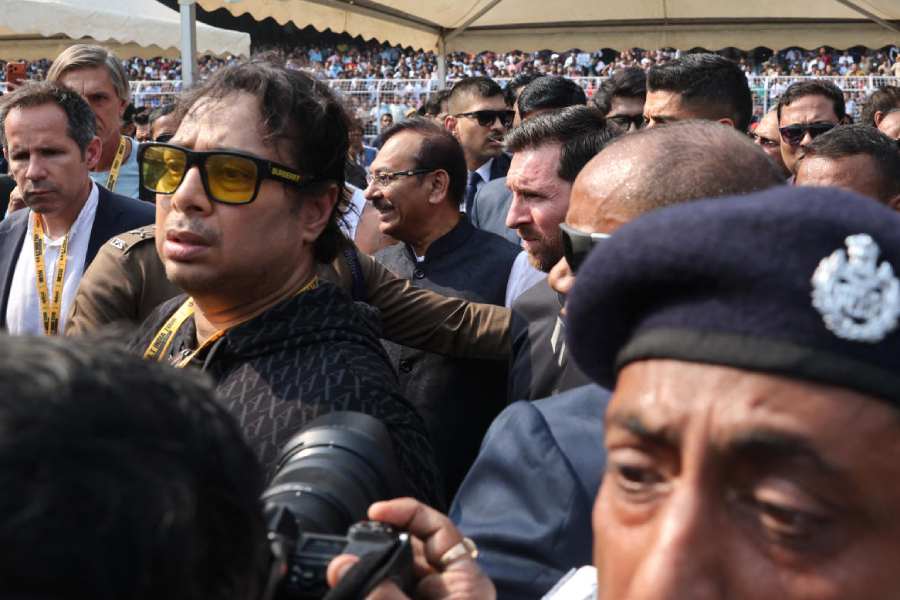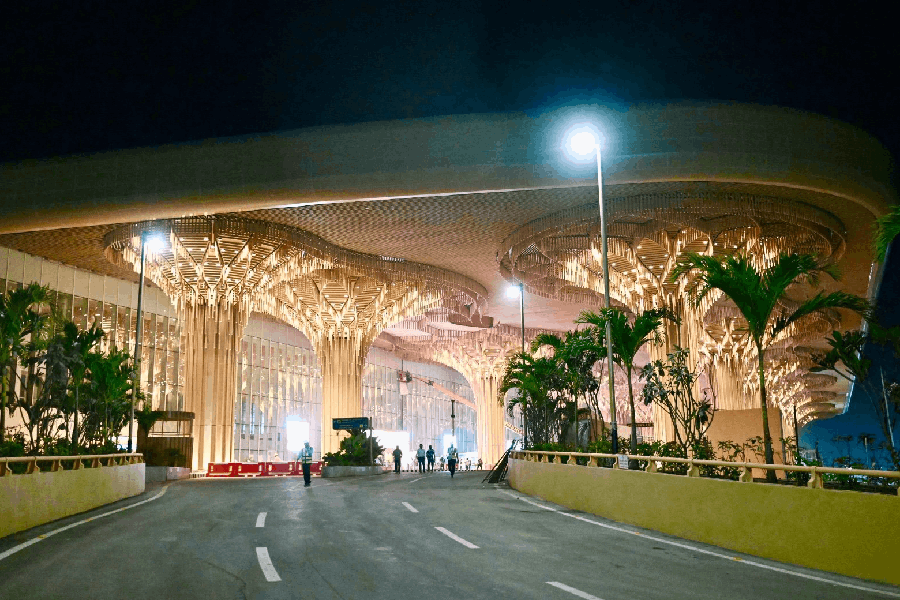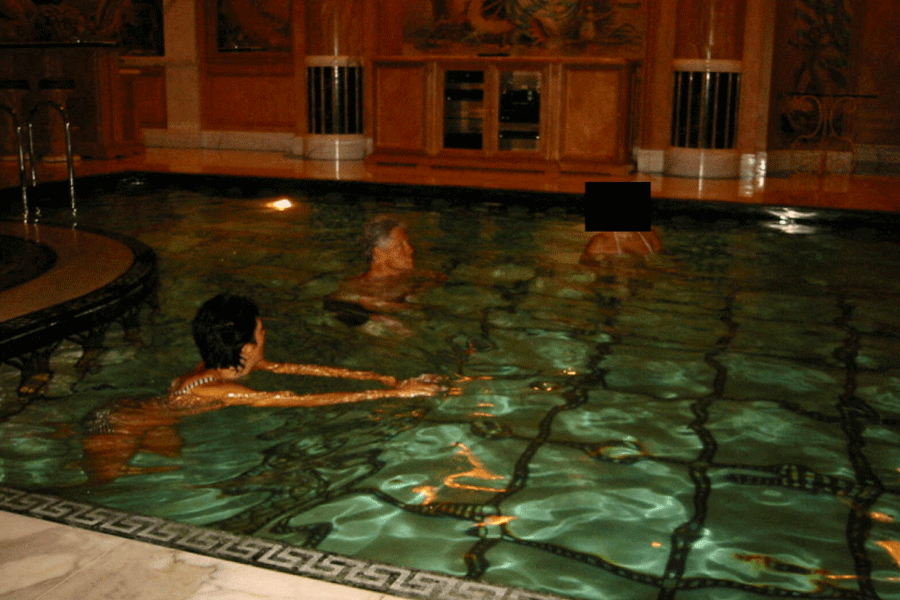 |
 |
 |
| ( From top)A panoramic view of the temple complex at Lathiya, the monolithic pillar dating to the Gupta period which was built on the lines of the Ashoka Pillar, although it has eight lions instead of four, the Garuda figure resting on a circle of lotus leaves, which once crowned the bell-shaped capital |
New Delhi, Dec. 27: The Archaeological Survey of India has unearthed four Gupta-era temples near Varanasi in a find historians said was important as they could provide a clue to how temple architecture has evolved in India.
“These finds are important because they add to the handful of sites where remains of Gupta-period temples have been found,” historian Upinder Singh told The Telegraph.
Professor Singh, daughter of Prime Minister Manmohan Singh, teaches history in Delhi University.
ASI additional director-general B.R. Mani, who supervised the excavation in Lathiya, 80km east of Varanasi in Zamania, Ghazipur district, said they decided to dig up the site where only a 8.25-metre-high circular stone pillar with no inscriptions stood.
“We decided to carry out the excavation here because there was a mound of earth close to the pillar and it seemed that the area may have structures of some historical importance connected to the pillar,” Mani added.
The hunch proved correct as just next to the pillar, the ASI team found four temple structures dating back to the 4th and 5th century AD.
The site was first discovered in 1872 and was later declared a protected site, but no work had been carried out there since.
The report of the excavation was published in the ASI journal Ancient India, which was recently revived after 45 years. The Prime Minister had unveiled the revived journal’s first copy during the ASI’s 150th anniversary.
After the excavation, the ASI team discovered that most of the temple walls were missing. According to the report, the Ghazipur district gazetteer mentions that many of the houses in Zamania were built by bricks taken from the site.
The bricks were also apparently used in the construction of the 102-year-old Mughalsarai-Howrah main line, which passes about 1.2km south-west of the site.
Mani said the circular pillar was “on the lines” of the Ashoka pillar, although instead of four lions it has eight lions. “And, unlike the Sarnath pillar, which had a dharmachakra above the four lions, it has a Garuda structure,” Mani added.
The top of the pillar shaft has a bell-shaped capital surmounted by eight broken lions facing eight directions. The capital was once crowned by a sculpted Garuda figure resting on a circle of lotus leaves, which got detached at some point and lay next to the pillar.
Historians said the find was important not just because of the possible connection with the Mauryan period (322 BC to 185 BC) but also because there were few temple structures that date back to the early Gupta era.
“The temple site at Lathiya has a close connection with a similar site at Bhitari (Uttar Pradesh) where an inscribed Gupta pillar of the time of Skandagupta stands in the vicinity of a temple,” Mani said.
Skandagupta, generally considered the last of the great Gupta rulers, ruled between 455 AD and 467 AD.
According to studies conducted by the ASI, all the four temple structures were standalone structures built at different times.
All the structures are simple, with just a garbha griha, where the deity is placed, and a small mandapa, the place for rituals. It was only much later that temple complexes with the main temple and subsidiary shrines came up.
In the later-period temples, the mandapa also has sculptures. If it was a Vaishnava temple, then a sculpture of Garuda, the mythological bird and mount of Vishnu, was installed. A Shiva temple had the sculpture of Nandi, Shiva’s mount.


